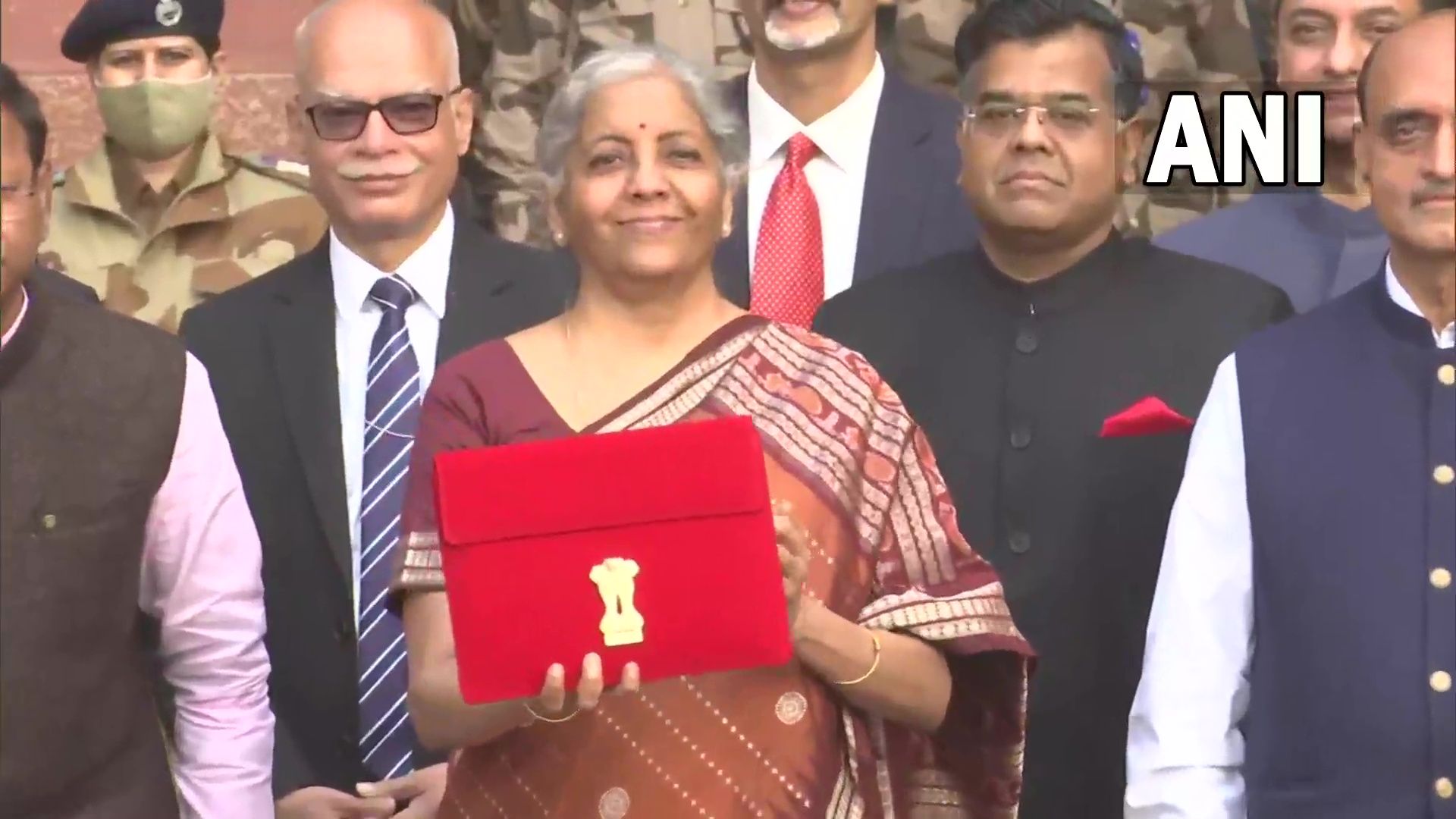What is Gati
Shakti master plan?
The Gati Shakti
master plan, according to Prime Minister Modi, is an infrastructure master plan
which will make a foundation for holistic infrastructure and provide an
integrated pathway to the Indian economy.
The masterplan will be formulated to facilitate engines, energy trans, IT, bulk water, social infrastructure, and clean energy.
PM Gati Shakti includes priorities like inclusive development, productivity enhancement, energy transmission, climate action and financing of investment.
During presenting the budget, Finance Minister Nirmala Sitharaman stated, “moving forward on this parallel track, we lay the following four priorities – PM Gati Shakti, inclusive development, productivity enhancement and investment, sunrise opportunities, energy transition and climate action & financing of investments.”
What will the
plan accomplish?
The PM Gati Shakti
national master plan for multi-modal connectivity aims to integrate departments
concerned with logistics in one single platform. Further, the plan also seeks
to bring together infrastructure schemes of various ministries and state
governments and execute them with a common vision.
Also Read | What is national health ID? Key feature of India’s digital health mission
“Gati Shakti joins
different departments for the coordinated development of projects from road to
railways, aviation to agriculture,” Prime Minister Modi said at the launch
adding that high logistics cost in India at 13% of the GDP was impacting
competitiveness in exports.
What are the
focus areas of the master plan?
According to the
government, the PM Gati Shakti national master plan will enable local
entrepreneurs gain a global profile by improving logistics support and cutting
costs. Further, the government believes that the infrastructure upliftment made
through the plan will create opportunity for new economic zones in future.
What is the
Indian PM’s vision for the master plan?
The PM Gati Shakti
plan will create a common umbrella platform through which infrastructure projects
can be planned and implemented in an efficacious manner through coordination
between ministries or departments on a real-time basis.
With all relevant
information available on real-time, implementing infrastructure projects should
become easier. Further, having an integrated platform should also reduce
information asymmetry and ensure that departments do not work in silos and that
there is proper coordination between government agencies.






